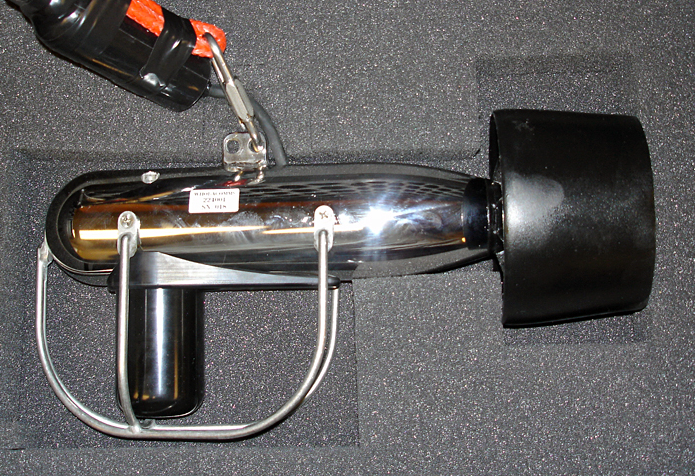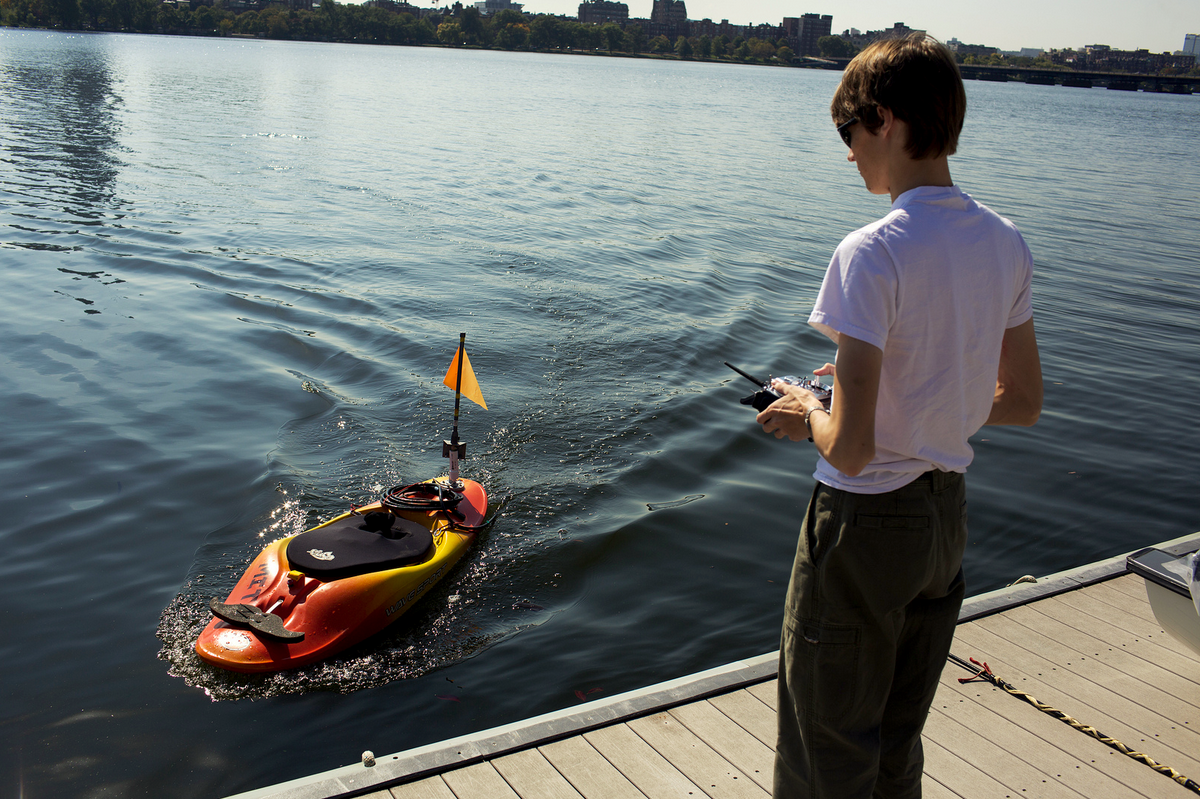Software Setup
Duovero Setup - Filesystem, SD card, and software setup instructions for gumstix duovero
Software Installation - Installing MOOS, MOOS-IvP, Goby, and the Hovergroup applications for either desktop or vehicles
Overo Setup - Differences from duovero setup instructions
Operations
Pavilion Ops. Instructions - Basic steps to deploy vehicles at the pavilion.
Pavilion WiFi Configuration - IP address listing for all groups sharing the pavilion lab space.
Pavilion End of Day Checklist
Sailing Pavilion Autonomy Lab Rules and Guidelines Sept 2012.pdf
Miscellaneous Information
Programming and Mission Environment
Code Organization and Build System - How code is organized and how to start writing your own applications.
Mission File Organization - How mission files are organized and made.
Hovergroup Apps - Documentation for some of the standard hovergroup applications.
Logs and Parsing - How to download and parse log files.
MOOS Variable Quick Reference - Reference of publications and subscriptions for hovergroup apps.
Acomms Driver and Simulation - How to use the acomms driver and simulator
Programming Tips
Binary acomms data in MOOS - How to subscribe to and post binary variables.
endianness and data serialization - Serializing data for sending it over acomms.
A Brief Overview
The HoverGroup Autonomous Kayaks primarily serve as a testbed for multi-vehicle control using acoustic communication. Our experimental setup includes several kayaks, a portable networking base station and MicroModem, and a permanent shore setup at the MIT Sailing Pavilion. We also operate the Bluefin/MIT HAUV and a REMUS 100. The main payload of the kayaks is a WHOI MicroModem, towed a few meters deep. GPS and RF communication are available on the surface, allowing for easy navigation and real-time monitoring of experiments, while the towed modem enables experiments in the underwater acoustic environment. Other scientific sensors can be added; we have previously operated with temperature and turbidity sensors.
The kayak hull is the WaveSport Fuse 35, a kids whitewater kayak, 1.8m (5.9 ft) long. The small size of this kayak allows it to fit in the back of a SUV and be easily lifted in and out of the water by two people. The kayaks weigh roughly 40 kg (88 lbs). The whitewater hull design is less efficient for transit, but is highly maneuverable and seaworthy for its size. The modified kayak hull has one hole for the thruster shaft and two 80/20 rails running lengthwise in the front of the vehicle to provide a stiff mounting platform. Maximum speed when towing a modem is roughly 1.6 m/s (3 kts), and over 2 m/s (4 kts) is possible when not towing a modem.
In contrast to most autonomous kayaks (and powerboats in general), our kayaks have the thruster near the bow and a small skeg near the stern. Since steering is accomplished by rotating the thruster, this arrangement makes the kayak stable in heading and simplifies control. The basic control system uses a PID for heading (using compass) and the MOOS trackline controller for waypoint control (using GPS). More advanced control algorithms are implemented as MOOS applications and inserted in the appropriate places in the control loop.
The main architectural components of the kayak electronics are:
Main computer box: power regulators, Arduino and shield, Gumstix, MicroModem boards, RC receiver, USB hub
Motor Controller box
Comms box (Freewave)
Power
LiFePo4 100 Ah batteries, 12.8V nominal. (Option for two batteries)
Regulated power buses: 12V, 5V
Propulsion
Minn-Kota Riptide 55 trolling motor
Robotec LDC1430 motor driver
Steering servo: (servocity MEGA servo)
Communications
Acoustic: WHOI MicroModem (25 KHz transducer, WH-BT 2), 4-element receive array (HTI-96 MIN), see http://acomms.whoi.edu/umodem/documentation.html
RF: 802.11 Wifi, Freewave, RC controller
Sensors
Navigation: Ocean Server OS5000 compass, uBlox NEO GPS
Other sensors possible via USB or ethernet
Computation
Arduino Mega (low-level sensors and control)
Gumstix Duovero (running Linux, MOOS)
MicroModem DSP boards
Recommended Reading:
Mission File Organization - how to extend the baseline missions to create your own.
Scripted Software Installation - how to install MOOS/MOOS-IvP and the hovergroup applications on your own computer.
Logs and Parsing - how to download and parse log files.
Hovergroup Apps - documentation applications developed in hovergroup, including the acomms driver.

